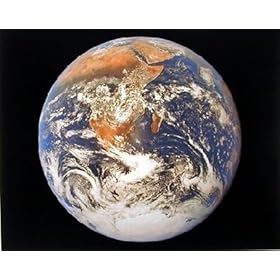The challenge for Wind Energy
Posted in Environment, Politics, Science on March 9th, 2009 I’ve known about the problems of wind energy and the current power grid for quite a while. I found this article on The Energy Challenge — Wind Energy Bumps Into Power Grid Limits in the New York Times (you’ll need to login to read it). To clearly state the problem. In part:
I’ve known about the problems of wind energy and the current power grid for quite a while. I found this article on The Energy Challenge — Wind Energy Bumps Into Power Grid Limits in the New York Times (you’ll need to login to read it). To clearly state the problem. In part:
The grid today, according to experts, is a system conceived 100 years ago to let utilities prop each other up, reducing blackouts and sharing power in small regions. It resembles a network of streets, avenues and country roads.
“We need an interstate transmission superhighway system,” said Suedeen G. Kelly, a member of the Federal Energy Regulatory Commission.
While the United States today gets barely 1 percent of its electricity from wind turbines, many experts are starting to think that figure could hit 20 percent.
However, to achieve that 20% figure, the United States must upgrade its power grid. Over the past several years, more and more people have come to realize that our national power grid is just not up to snuff. In fact it may not even be up to a sniffle. One of the problems with wind generation is that it isn’t generated evenly throughout the day. Wind changes direction, gets stronger, lighter, and sometimes dies completely. Scientist have been working on teaming the turbines with generators that smooth out the power that is generated. However, while that solves one problem it still doesn’t deal with the fact that you still have to get the power from where it is generated to where it will be used effectively or efficiently — and that means upgrading the grid.
Part of Obama’s recovery plan, and a source of new jobs, was to upgrade the nation’s power grid. Many people complain that it isn’t necessary because we all have power, don’t we? Well, no — not all of the citizens of this country have power. But, yes most do. The problem is that for years people have been ignoring the fact that coal, oil, and carbon based power generation is relying on finite resources — folks, we’re going to run out of these raw materials. We need to switch to greener renewable energy resources — wind, solar, whatever… To do this we need to have the technological grid that can handle what we can throw at it to power our homes, factories, and tools. Upgrading the national power grid is a necessary first step.






